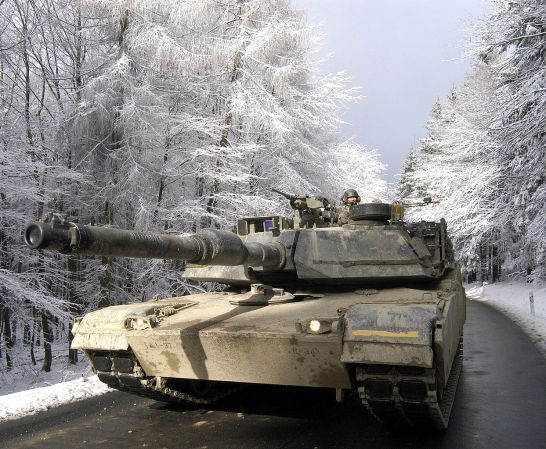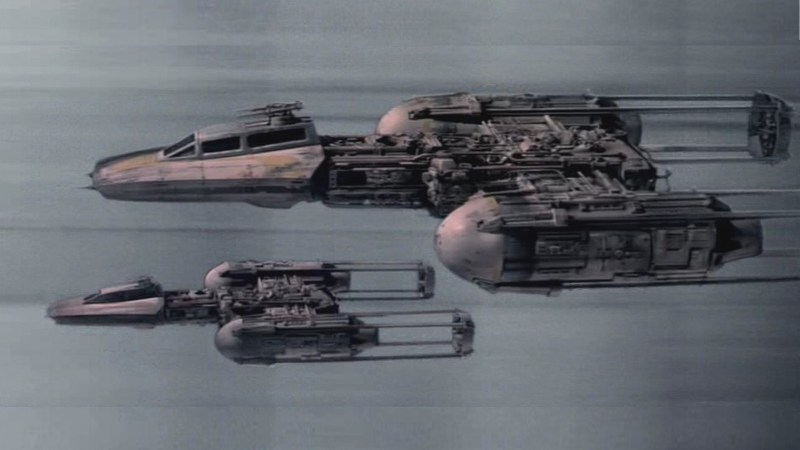

When the Cold War ended, the world changed fundamentally. For most of the 20th century, conflicts between great powers—two world wars and the specter of a third—defined our global politics, as well as science and technology. Almost overnight, that dynamic shifted.
Warfare didn’t go away in the 21st century, but it became mostly a story of insurgencies and terrorism. In a world with only one superpower, the probability of a high-stakes battle between leading nations became remote. Some even viewed it as impossible.
History may look back on this period as an anomaly. Tensions between great powers are again on the rise. In Asia, China is now a legitimate superpower and has been clashing with U.S. allies, such as Japan and the Philippines. It continues to lay claim to a chain of disputed islands in the East China Sea, and it has built 2,000 acres of new islands from sand and coral in the South China Sea, replete with bases and runways. In May, the United States started sending Navy warships to within 12 nautical miles of the islands to assert freedom of passage, and it began mounting surveillance flights over them.
“We must bear a third world war in mind when developing military forces.”
Europe too is on a dangerous path. Russian land grabs in Ukraine have pushed NATO to its highest level of concern since the Cold War. Near-constant probing of NATO’s borders by Russian submarines and warplanes has only fanned the flames.
These growing risks are not lost on military planners in the U.S. or abroad. The Pentagon recently launched its so-called offset strategy, seeking a new generation of technology to deter or defeat strategic competitors such as China and Russia. In turn, Han Xudong, a professor at China’s PLA National Defense University, wrote in a recent editorial, “We must bear a third world war in mind when developing [our] military forces.”
A new arms race doesn’t necessarily mean that war is coming. But in speaking with those who might end up on the front lines of the next great war, from U.S. fighter pilots to Chinese generals to Anonymous hackers, it’s clear that the battles of tomorrow will be very different from those of today.
The next war will require innovation in all segments of the military. Click through the gallery at the top to find out what’s ahead.
This article was originally published in the July 2015 issue of Popular Science, under the title “The Future Of War.” P.W. Singer’s latest book, Ghost Fleet: A Novel of the Next World War, is out in late June.



















